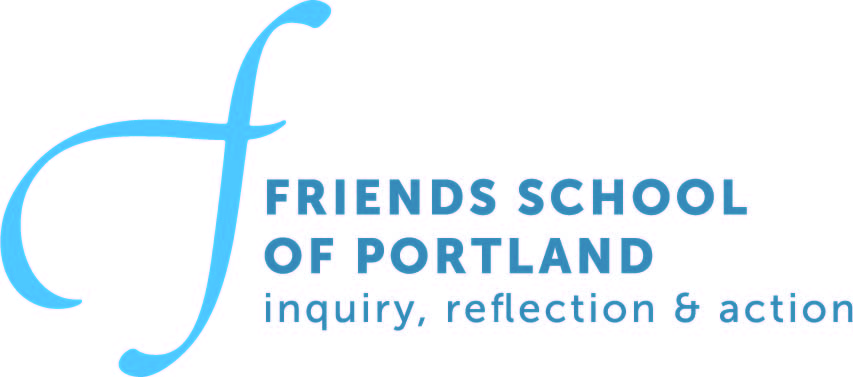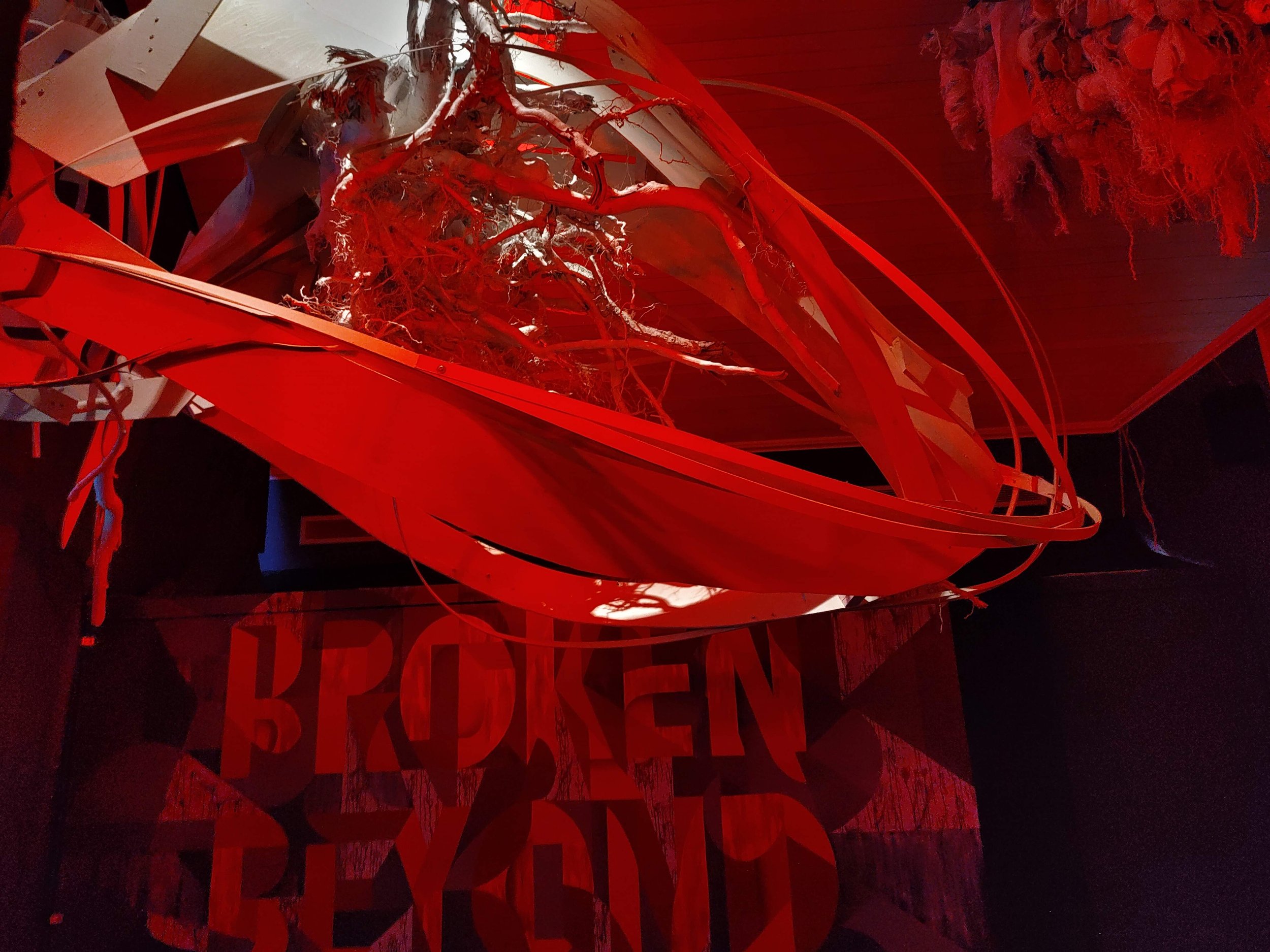Pictured above: Fifth and sixth-grade students toasting to their Harlem Renaissance unit presentations.
The word rigor, ubiquitous in mission statements and admissions literature, is meant to convey high standards for intellectual engagement. Its largely negative companion definitions (stiffness, strictness, fever-induced cold-sweats) reinforce the misapprehension that for academic work to be deep and challenging it must also be painful. In fact, the opposite is most often true. Children of all ages engage in their most rigorous work THROUGH play and playful learning. More rigorous thinking practices such as evaluation, analysis, and creation are the ones that students more naturally engage during open-ended, playful moments: thinking tasks, creating a project together, writing and performing a skit, articulating a hypothesis and supporting it, and open-ended play.
To be clear, “playful” does not mean “comfortable“. In fact, this kind of rich learning requires students to grapple with ideas; it can feel messy, uncertain, and decidedly uncomfortable at times. But it also requires that students feel safe enough to take risks. And so a supportive community is not antithetical to rigorous learning, but a prerequisite for it. When we do it well, the deepest and most meaningful learning is engaging and satisfying, and, very often, joyful.
Though it looks different at different developmental stages, playful rigor isn’t the purview of one age group. Four-year-olds engage in analysis, evaluation, and creativity through their open-ended group play. Eighth-grade students do it when they engage with a question using the scientific method. Many of you are familiar with our play-based early childhood program. Below are a few examples of older FSP students engaging in “playful rigor” at their developmental levels -- developing deep thinking through engaging learning experiences, with a large helping of discomfort, giggles, and goofiness.
First and Second-Grade Math Fluency
In math, first and second-grade students are working on building an understanding of the way that numbers relate to each other– how they can be broken apart, put together, or manipulated to add and subtract ever larger numbers. If you walk into one of the 1-2 classes during math time, you will almost always see pairs or small groups of children sprawled out on the rug in various corners of the room, fully engaging in math games that are stretching numeracy muscles and helping students to build a deep foundational understanding of our number system. Two favorites are “Oh No 20!” and “How Close?”.
Third and Fourth-Grade Mapping
Third and fourth-grade students study maps as a way to engage with their essential question “What is the power of a story?” Through their study of maps, they explore the idea that a map tells a story with a particular point of view (typically the cartographer’s), and that maps can be tools for celebrating, centering, or silencing just as stories (and history) can. This unit requires incredibly rigorous thinking for third and fourth-grade students, but they are able to engage at this level of intellectual sophistication precisely because it is introduced in playful ways. As part of the unit, Lindsay’s third and fourth-grade class traveled to Mackworth Island yesterday to practice mapping and begin some of these conversations. Here’s what Lindsay wrote to parents upon their return:
It might not look like normal "instructional time", but these kids were learners and teachers all day long. They were industrious, thoughtful, careful, brave, silly, and sensitive. They negotiated, solved problems, made decisions, persevered, and helped one another. Kids got to shine their light in new ways, and we all have new ways of knowing and honoring each other after days like this.
Fifth and Sixth-Grade Harlem Renaissance
This winter, Allie has taught a social studies unit on the Harlem Renaissance to her fifth and sixth-grade classes. From the first day, the students engage in playful inquiry. Decorating the room with black velvet tablecloths and silver feathers, Allie transformed the fifth and sixth-grade classroom into a museum of the Harlem Renaissance, filled with primary documents (maps, photos, copies of The Crisis, eg) and jazz music playing in the background. Rather than beginning the unit with a lecture or textbook article telling them to know or what to think about this movement, students responded to guiding questions and engaged with the material to begin to build for themselves an idea of what the Harlem Renaissance was, why it happened, and what its importance to our history and culture is. The work that students did required deep and complex thinking, but the mood in the room was decidedly playful.
Seventh and Eighth-Grade Year-End Projects (YEP!)
As they have since the earliest days of FSP, seventh and eighth-grade students have just completed culminating projects (now known as “Year End Projects”). The projects ask students to identify an issue of social or environmental justice about which they are particularly passionate; conduct background research and craft an essay on the problem they are exploring; interview an expert in the field; engage in an “action” related to the problem they have chosen; write a second essay that incorporates further research, their interview and action experiences, and proposes a “solution” to the problem; and present their work to parents and classmates. In the weeks leading up to the presentations, the far end of the middle school wing was a hive of focused, passionate activity and early-adolescent joyful rigor.







































